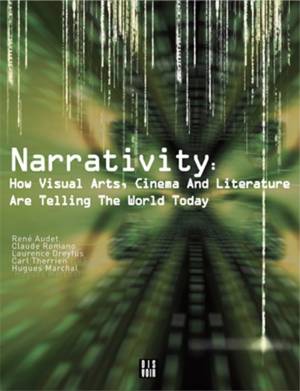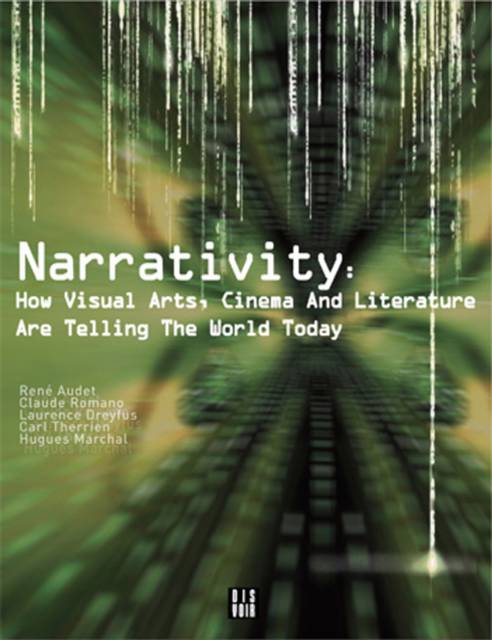
Vous voulez être sûr que vos cadeaux seront sous le sapin de Noël à temps? Nos magasins vous accueillent à bras ouverts. La plupart de nos magasins sont ouverts également les dimanches, vous pouvez vérifier les heures d'ouvertures sur notre site.
- Retrait gratuit dans votre magasin Club
- 7.000.000 titres dans notre catalogue
- Payer en toute sécurité
- Toujours un magasin près de chez vous
Vous voulez être sûr que vos cadeaux seront sous le sapin de Noël à temps? Nos magasins vous accueillent à bras ouverts. La plupart de nos magasins sont ouverts également les dimanches, vous pouvez vérifier les heures d'ouvertures sur notre site.
- Retrait gratuit dans votre magasin Club
- 7.000.0000 titres dans notre catalogue
- Payer en toute sécurité
- Toujours un magasin près de chez vous
Narrativity
Rene Audet, Claude Romano, Laurence Dreyfus, Carl Therrien, Hugues Marchal
Livre broché | Français
28,00 €
+ 56 points
Description
Considering the importance of new narrative modes in the visual arts, literature and film
Traditional narrative structure hit a wall--or rather it hit the glass of a kaleidoscope--in the 1990s, when art began to function as a kind of editing table on which daily reality could be remixed and recreated. Narrativity considers the importance of new narrative modes, looking not only at the visual arts but at contemporary literature and film, and the mutual influences between them. It tackles the question of narration--its ruptures and mutations--in an age of media culture and video games, where the ludic and interactive principle is an important element. Through reflections on time, duration and temporal protocols, which have taken on major aesthetic stakes, it seeks to reaffirm that the work of art is an "event" before being a monument or a mere testimony--an event which constitutes an experience. And, not least, it considers the artistic games and gambles allowed and forced by all this change.Spécifications
Parties prenantes
- Auteur(s) :
- Editeur:
Contenu
- Nombre de pages :
- 128
- Langue:
- Français
Caractéristiques
- EAN:
- 9782914563307
- Date de parution :
- 23-03-07
- Format:
- Livre broché
- Format numérique:
- Trade paperback (VS)
- Dimensions :
- 170 mm x 220 mm
- Poids :
- 325 g







